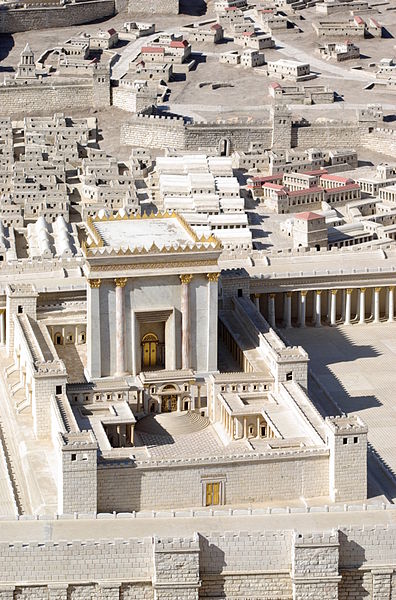The Babylonian captivity or Babylonian exile is the period in Jewish history during which a large number of Judeans from the ancient Kingdom of Judah were forcibly relocated to Babylonia by the Neo-Babylonian Empire. The deportations occurred in multiple waves: After the siege of Jerusalem in 597 BCE, around 7,000 individuals were deported to Mesopotamia. Further deportations followed the destruction of Jerusalem and Solomon's Temple in 587 BCE.
The Flight of the Prisoners (1896) by James Tissot; the exile of the Jews from Canaan to Babylon
Clay tablet. The Akkadian cuneiform inscription lists certain rations and mentions the name of Jeconiah (Jehoiachin), King of Judah, and the Babylonian captivity. From Babylon, Iraq. Reign of Nebuchadnezzar II, c. 580 BCE. Vorderasiatisches Museum, Berlin
Depiction of Jews mourning the exile in Babylon
Jewish history is the history of the Jews, their nation, religion, and culture, as it developed and interacted with other peoples, religions, and cultures.
According to Jewish tradition, Jacob, shown wrestling with the angel in this painting by Rembrandt, was the father of the tribes of Israel.
Deportation and exile of the Jews of the ancient Kingdom of Judah to Babylon and the destruction of Jerusalem and Solomon's temple
Model of the Second Temple of Jerusalem
Siege and Destruction of Jerusalem by the Romans (1850 painting by David Roberts)






